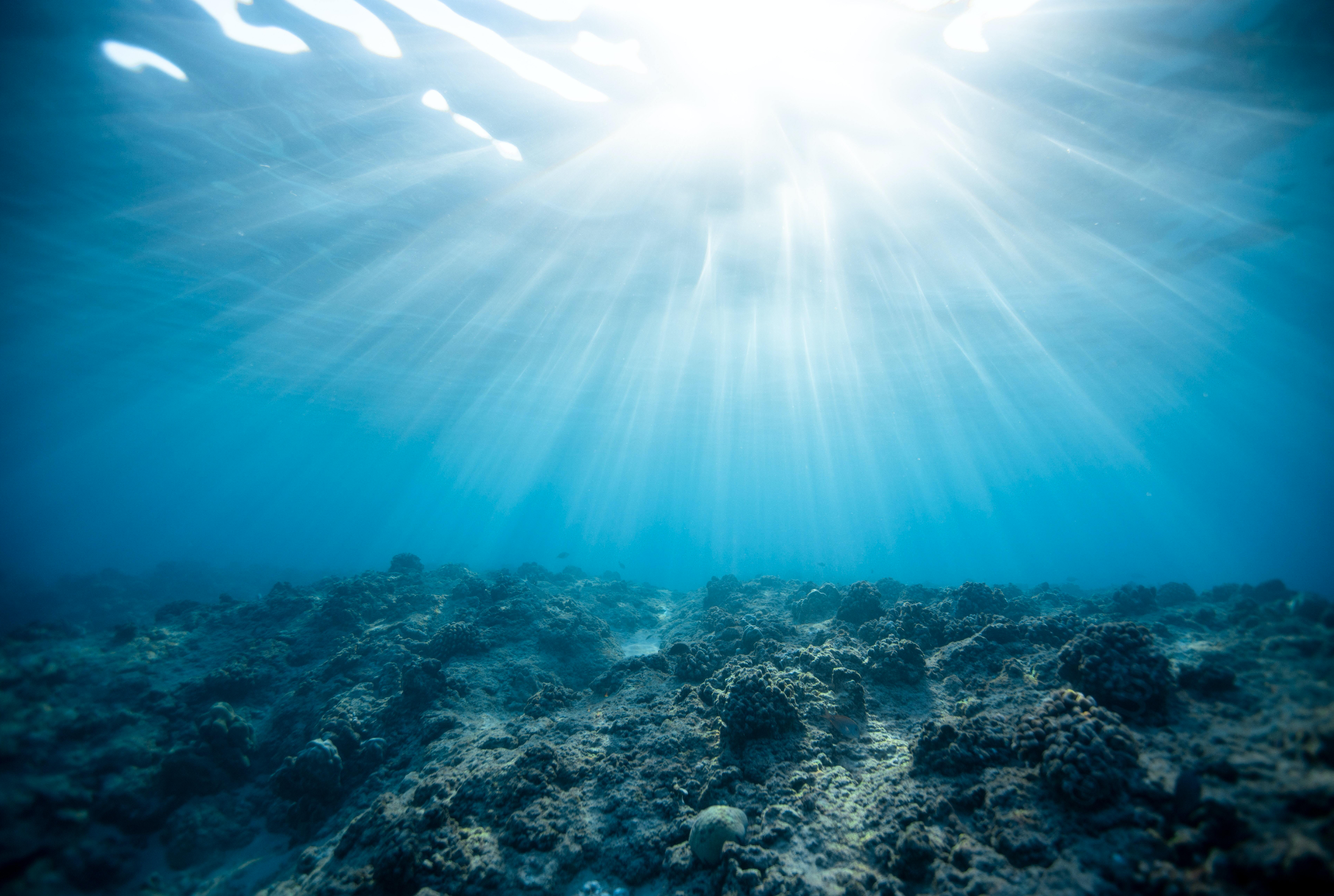The new study “Natural Hazards and Extreme Events in the Baltic Sea region” that is currently being reviewed as preprint by the European Geosciences Union summarises existing knowledge of extreme events in the Baltic Sea region with the focus on the past 200 years, as well as future climate scenarios. Natural hazards and extreme events may have severe implications on society including threats to human life, economic losses and damaged ecosystems.
The study was prepared by a wide range of scientists from the following scientific institutions: Uppsala University, Swedish Meteorological and Hydrological Institute, Stockholm University, Finnish Meteorological Institute, Danish Meteorological Institute, National Academy of Sciences in Belarus, Technical University of Denmark, Aalto University, Leibniz Institute for Baltic Sea Research.
Important findings include both opportunities and risks within the energy sector associated with climate change up to the mid-21st century. Fifteen combinations of Regional and Global Climate Models were used. It was very interesting to read that compared to onshore situations, offshore wind energy benefits from richer wind resources but it is also greatly challenged by the harsher offshore environmental conditions, which makes the so-called Levelized Cost Of Energy (LCOE) significantly higher. LCOE accounts for, among others, the transportation of energy from sea to land, the trips to the farms for maintenance, and the water depth where the turbines will be installed.
The maintenance and construction become more challenging when storms are present as storms cause rougher conditions for the turbines and farms at sea than over land. There are no land obstacles to effectively consume the atmospheric momentum, instead, waves are generated; swells develop and propagate, and waves break. This can put a tremendous load on the construction of fixed as well as floating turbines. At the same time, breaking waves release water drops and sea salt into the air. This, together with severe precipitation at sea during storms, has a significant impact on the erosion process of the turbine blades and affects the turbine performance. The study indicates that strong winds and large waves directly affect the activities such as installation, operation and maintenance. The storm winds at sea reach the cutoff speed of 25 ms-1 at hub height more frequently, causing more fluctuation in power production and accordingly significant challenges in the power integration system ”
















